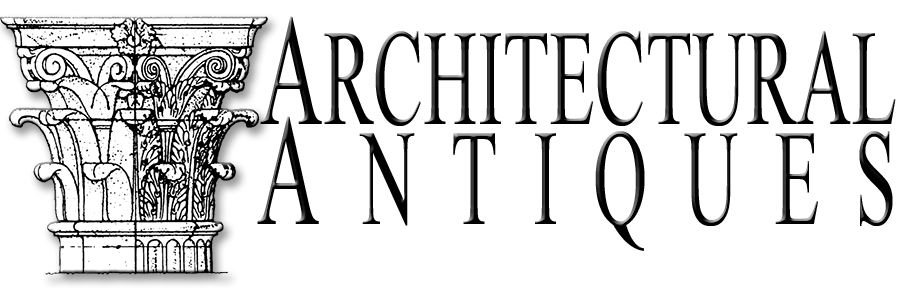Pancho Villa Chandelier
Rumor has it that this chandelier belonged in the home of the Mexican Revolution general Francisco Villa – nicknamed Pancho Villa.
A well known figure of Mexican history, Villa transformed from the abounded child of penniless parents, to a ruthless bandit, to the hero of the revolution. Villa came from the northern Mexican state of Chihuahua, one of the last colonial cities founded by the Spanish in 1709. Due to Chihuahua’s wealth from its silver and copper mines, and the success of Villa in the Mexican Revolution, some Americans even thought that northern Mexico would become an independent state.
Pancho Villa’s estate that he retired to following the Mexican Revolution was known as Quinta Luz. Following his assassination, the 50 room mansion was shown off as a museum to visitors by his widow, María Luz Corral de Villa, but later donated it to the Mexican Secretariat of National Defense. In 1983, it was reopened as the Historical Museum of the Mexican Revolution.
Villa’s home speaks to the northern Mexican environment, while borrowing styles that were influential to the Spanish colonizers. The building is divided into the main house, back house and courtyard. The courtyard is features with pink stone and bronze finish. While the Spanish Colonial Revival style was popular in Mexico from 1910’s to the 1930’s, the environment required solid construction, and so most of the stylistic detail was left to ornamentation.
This chandelier has extravagant, overlapping activity of motion. This is influenced by a mixture of styles – Moorish style that was integrated into Spanish art, Spanish Baroque style known as Churrigueresque, and a Spanish colonial Plateresque style. Common to Churrigueresque are scrolled drapes, leaves, volutes. Common to Plateresque is intricate and minutely detailed ornamentation that was compared to the intricate work of a silver smith. This intricate detailing can be seen in the carefully crafted copper ornamentation.

















